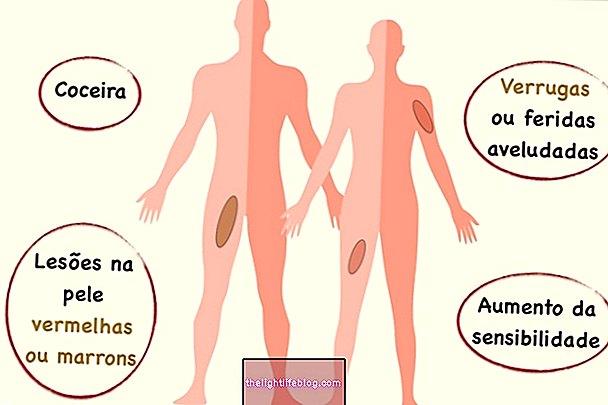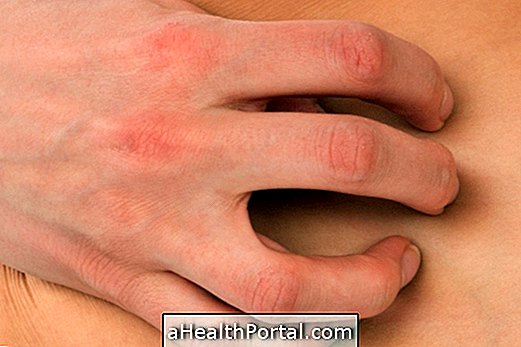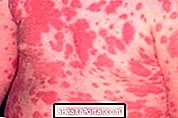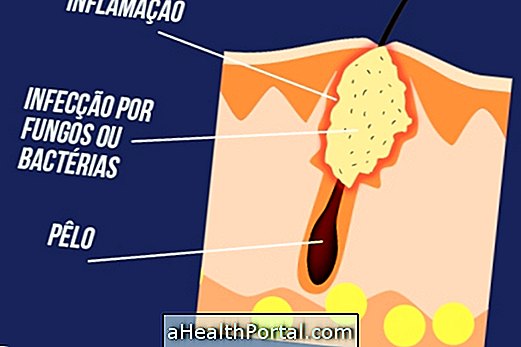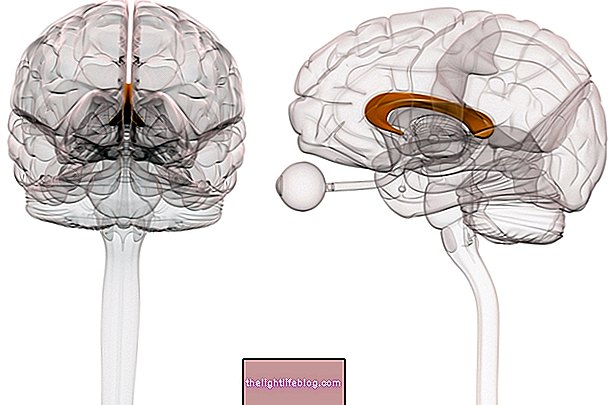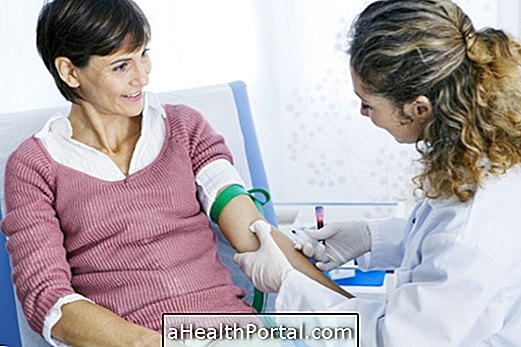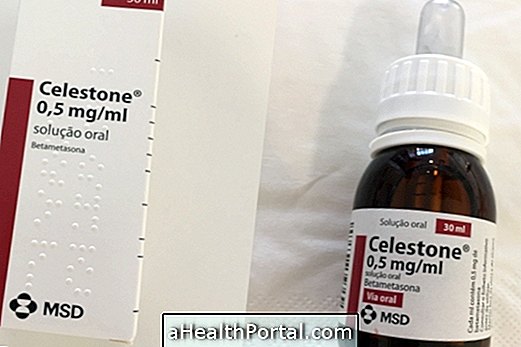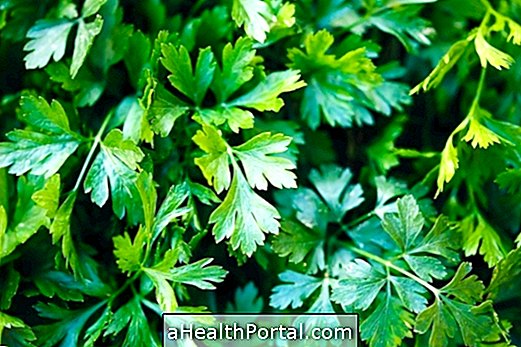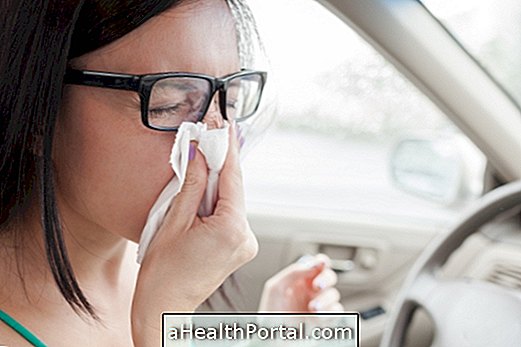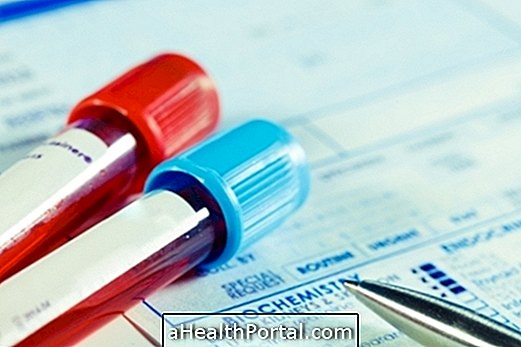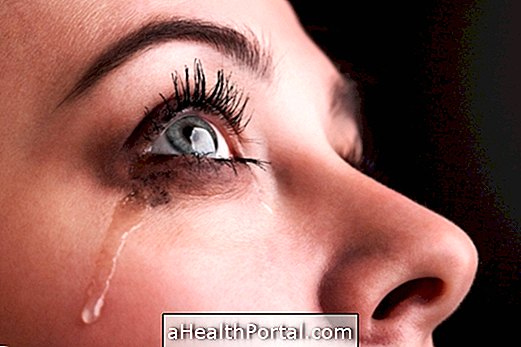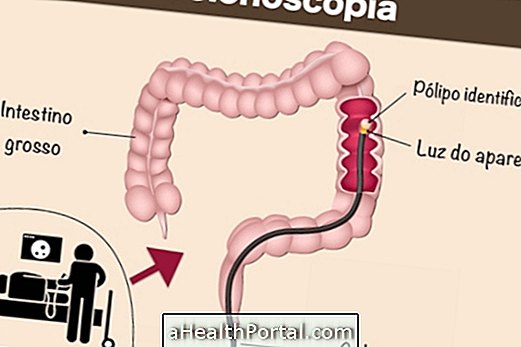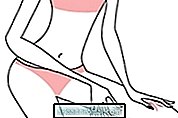Guttate psoriasis is a type of disease that accounts for about 10% of cases of psoriasis. It manifests mainly in children and adolescents, in the form of reddish drops, spread through the skin, and does not always need treatment.
Psoriasis is a chronic inflammatory disease, that is, that has no cure, and is also not a contagious disease, but can adversely affect a person's life, affecting interpersonal relationships and daily activities, even if it is a benign disease.
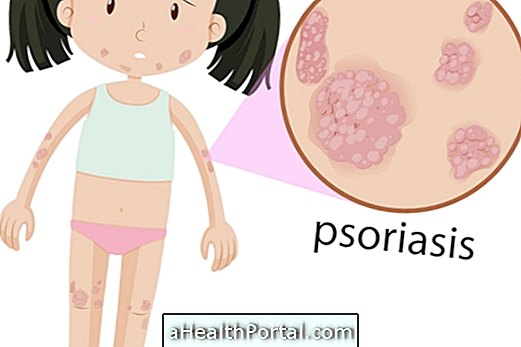
How to identify
The symptoms of guttate psoriasis may be:
- Reddened lesions in the form of a drop, scattered on the skin.
The lesions can affect any part of the body, but especially the trunk.
People with a higher risk of having guttate psoriasis are those who have first-degree relatives with chronic psoriasis, and some factors that may influence their appearance or worsening of the lesions are depression, obesity, diabetes, hypertension, metabolic syndrome, colitis, and arthritis rheumatoid.
This type of psoriasis may also appear after a Streptococcal infection.
How is the treatment done?
Mild cases do not need treatment and tend to go away by themselves in 3 to 4 months.
The treatment of guttate psoriasis can be done with creams, ointments or lotions that should be applied directly to the affected skin, but phototherapy with UVB radiation, with coalescing, is also an option. Remedies and injections can be indicated in very serious cases.
Here are some tips to help you feel better during psoriasis treatment in this video:

